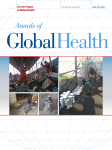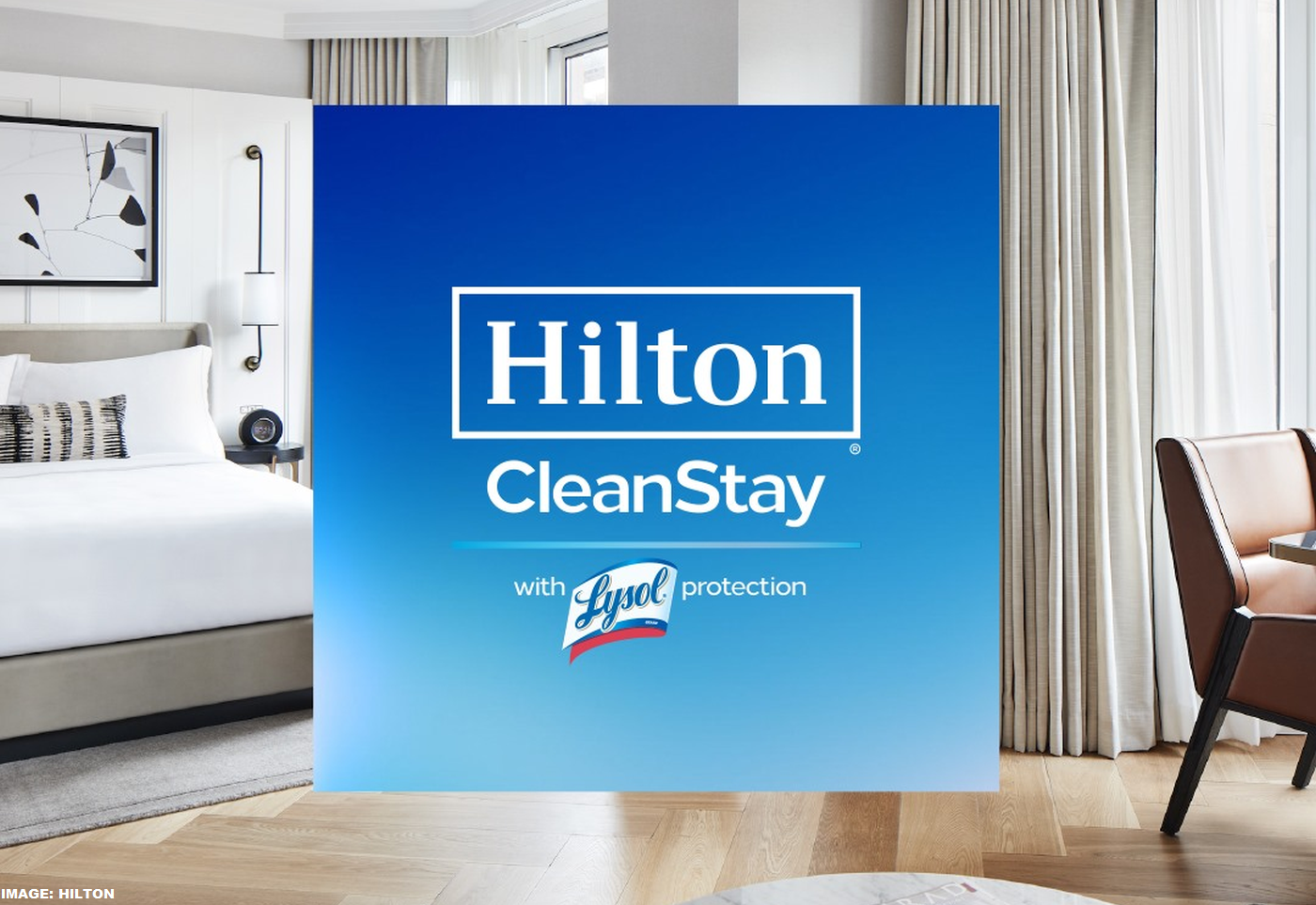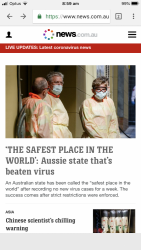This is a very interesting article on the spread of the virus.Not just Australia but worldwide.Some very interesting thoughts such as clusters in rich areas are not necessarily due to bad behaviour but more likely due to the lower immunity of the rich with their pampered upbringing as against lower socio economic groups who are exposed to a much wider variety of infectious agents.
"It is theoretically possible that socioeconomically privileged individuals really do lack some immune-response mechanism that protects individuals who have been exposed to a wider array of infectious pathogens. A recent report on COVID-19 surveillance testing at a Boston homeless shelter, for instance, contained the stunning disclosure that 36 percent of 408 screened individuals tested positive for COVID-19. Yet the vast majority were asymptomatic, and even the few who were symptomatic did not diverge statistically from the 64 percent of tested individuals who were COVID-19-negative. "
Could it also be that those in lower socio-economic groups are on average younger and also perhaps those pre-disposed to a serious negative outcome, have already departed this world due to lack of access to the same level of medical care?
I wonder what we will see in Africa. Although, as we know, the illness does not only target older members of society and those with underlying conditions, they do represent a disproportional amount of victims with serious illness or death. In Africa the population as a whole is much younger (on average) and those with underlying medical conditions may have already passed due to lack of access to modern medicine that we take for granted in developed countries. Whether there is a big difference there, time will tell.



















